

Max Davies
How Audi, BMW, Honda, Mercedes-Benz, and Suzuki started out in Australia, and where they are now
3 Hours Ago

News Editor
Nissan is reportedly finalising a plan that will see it reduce its presence in Europe and focus on key markets.
A source familiar with the “operational performance plan”, set to be announced on May 28, told Reuters it’s not merely a cost-cutting plan and called it a rationalisation and reprioritisation of the company’s efforts globally.
The Japanese automaker will focus primarily on the US, Chinese and Japanese markets.
That doesn’t mean it’ll be pulling out of the Australian market, however.
On the contrary, our market – along with Thailand and the Philippines – accounts for 90 per cent of sales and profits in the Asia-Pacific region, if you take out China, Japan and India.
Reuters reports Nissan will target Thailand and the Philippines more aggressively.
The plan doesn’t call for Nissan to withdraw from any global markets, like General Motors has in recent years.

Instead, the company will streamline its model ranges in countries such as Brazil, India, Indonesia, Malaysia, Mexico, Russia and South Africa. Instead of continuing to offer products that aren’t generating sales or profits, Nissan will focus on the models that are.
For example, Nissan will focus its efforts in Europe primarily on SUVs such as the Juke and Qashqai.
The latter was the fifth-best selling car in Europe in 2018, only to drop to 13th place last year.
That underscores one of the biggest issues facing NIssan: its ageing product range.
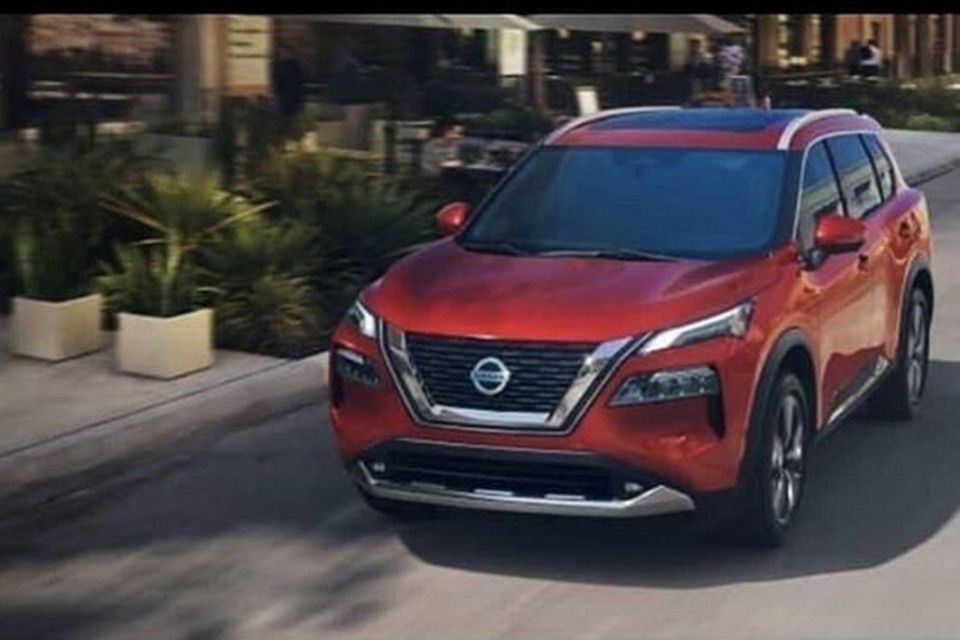
Its fortunes should get a boost with the imminent replacements for the X-Trail (above) and Qashqai, the latter of which is expected to gain plug-in hybrid technology acquired from Mitsubishi’s entry into the Renault-Nissan Alliance.
Mitsubishi will “take the lead” on plug-in hybrid models in Asian markets outside of China and Japan.
The plan will be a key milestone for chief executive Makoto Uchida and chief operating officer Ashwani Gupta, who were only appointed in December of last year and have been tasked with cleaning up after former leader Carlos Ghosn’s reign.
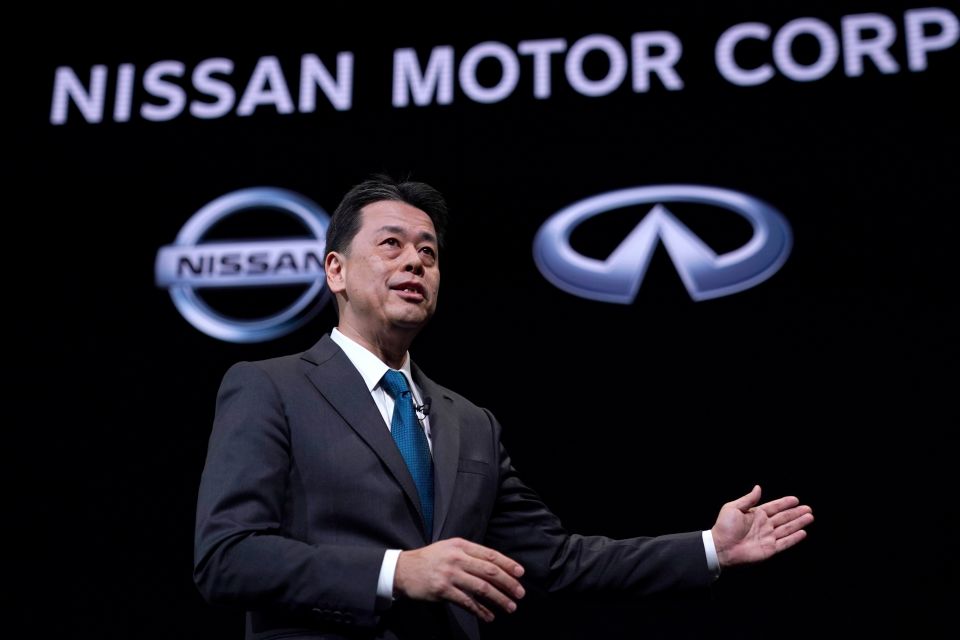
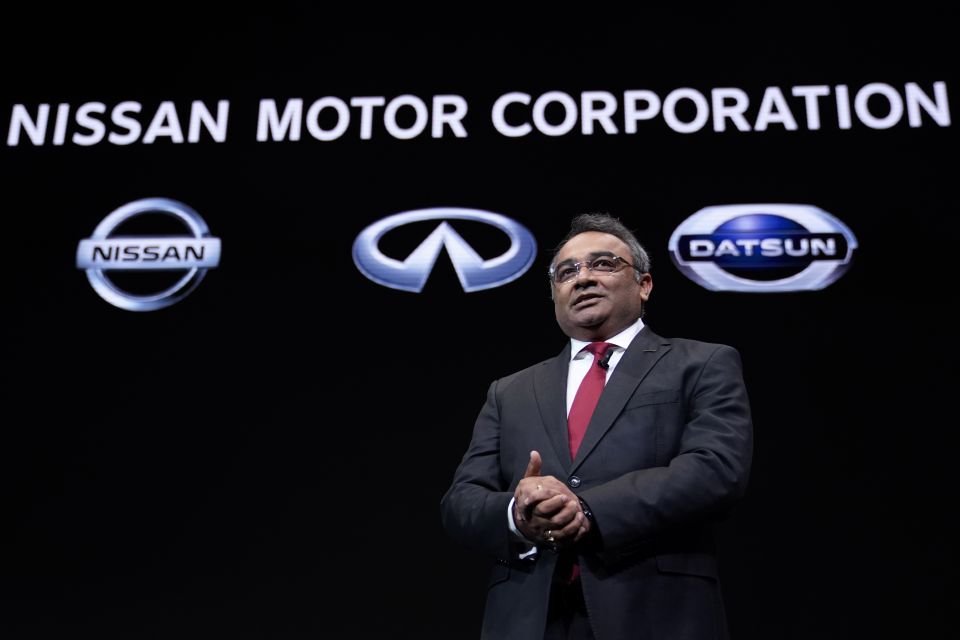
They also want to double Nissan’s operating margin by 2023 to six per cent. The company’s forecast for the end of the current fiscal year is three per cent.
Nissan already announced earlier this year it was ending production on 14 assembly lines, including a stop to production in Indonesia.
It also wants to rehabilitate its standing in the USA. Its volume-at-all-costs strategy there has increased sales but eroded profits due to an increase in incentives and fleet sales.
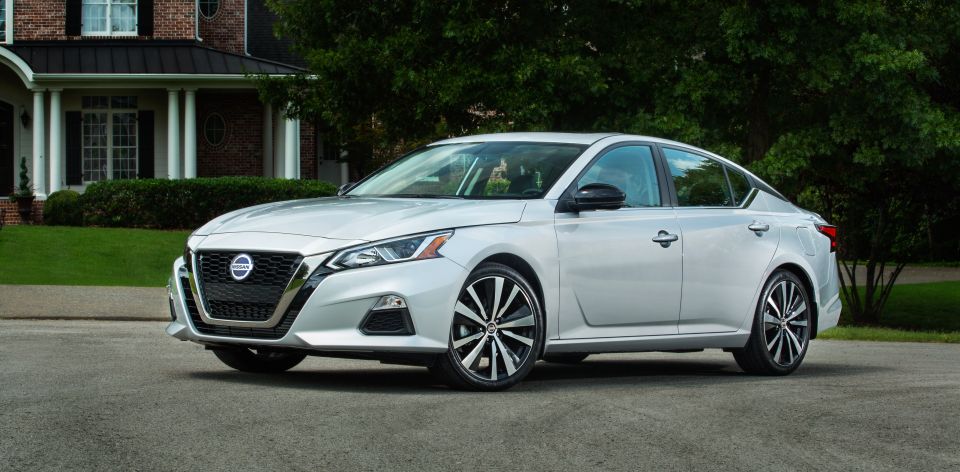
It’s hoping to avoid the fate that befell Mitsubishi USA in the early 2000s. Aggressive incentive programs tarnished that company’s image and sales began to plummet, continuing their downward spiral for the rest of the decade despite the arrival of newer, locally-focussed products.
By 2014, Mitsubishi’s US sales were just a quarter of what they’d been in 2002.
While Nissan hasn’t seen anywhere near as precipitous a decline, two consecutive years of declining sales and market share has underscored the importance of getting fresh product.
Nissan will also reportedly reduce its dependence on fleet sales in the US.
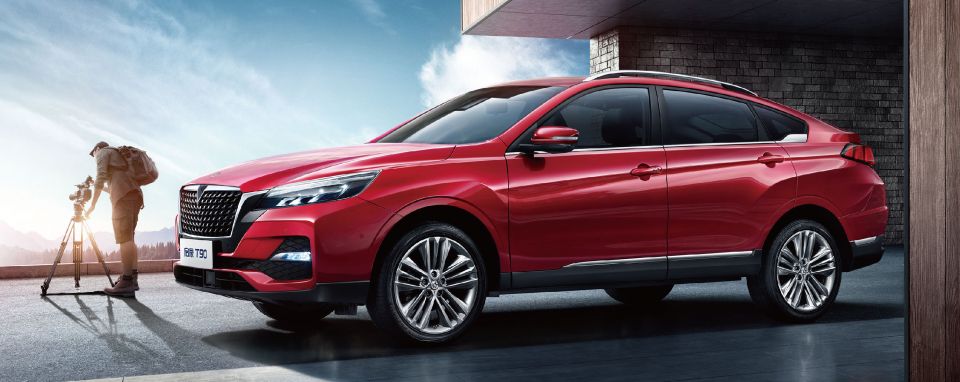
The company is also redoubling its efforts in China, where sales of the Nissan brand are holding steady but its domestic marque Venucia – a joint venture with Chinese Dongfeng – is lagging behind rivals.
In 2018, China narrowly beat the US as Nissan’s largest market by volume with just over 1.5 million vehicles sold.
Japan and Europe each represented 500-600,000 sales.
In its home market, Nissan is the fifth best-selling Japanese brand after Toyota, Honda, Suzuki and Daihatsu. There, it’s also feeling the pinch from an ageing product line-up.
Under the new plan, Nissan will aim to bring the average age of its range down to under 2.5 years. Most rivals have an average range age of between two to three years.
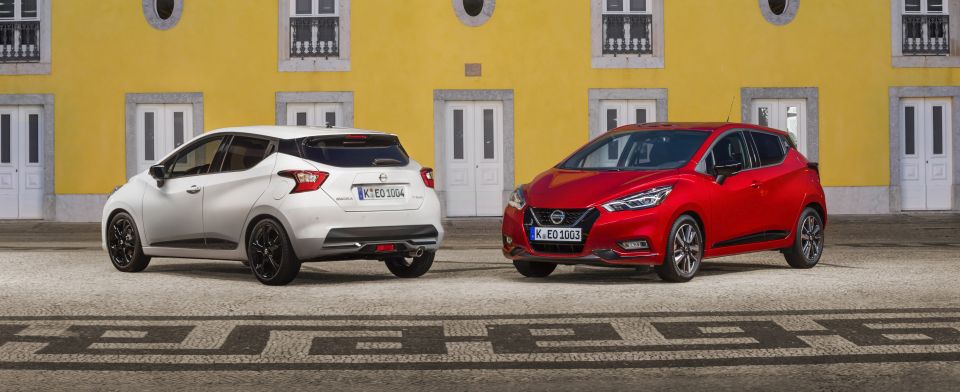
How much Nissan will pare down its range in certain markets isn’t yet known.
In Europe, for example, its passenger car range has already been whittled down to just the 370Z, GT-R, Leaf, and European-exclusive Micra (above).
Much of its Japanese range is looking out-of-date, too. Still on the price lists are the last-generation Altima and Pulsar/Sentra sedan, badged as the Teana and Sylphy, respectively.
The previous-generation Micra is also still sold there as the March.
Where expert car reviews meet expert car buying – CarExpert gives you trusted advice, personalised service and real savings on your next new car.
William Stopford is an automotive journalist with a passion for mainstream cars, automotive history and overseas auto markets.


Max Davies
3 Hours Ago


William Stopford
4 Hours Ago


Derek Fung
4 Hours Ago


Max Davies
11 Hours Ago


William Stopford
1 Day Ago


Ben Zachariah
1 Day Ago